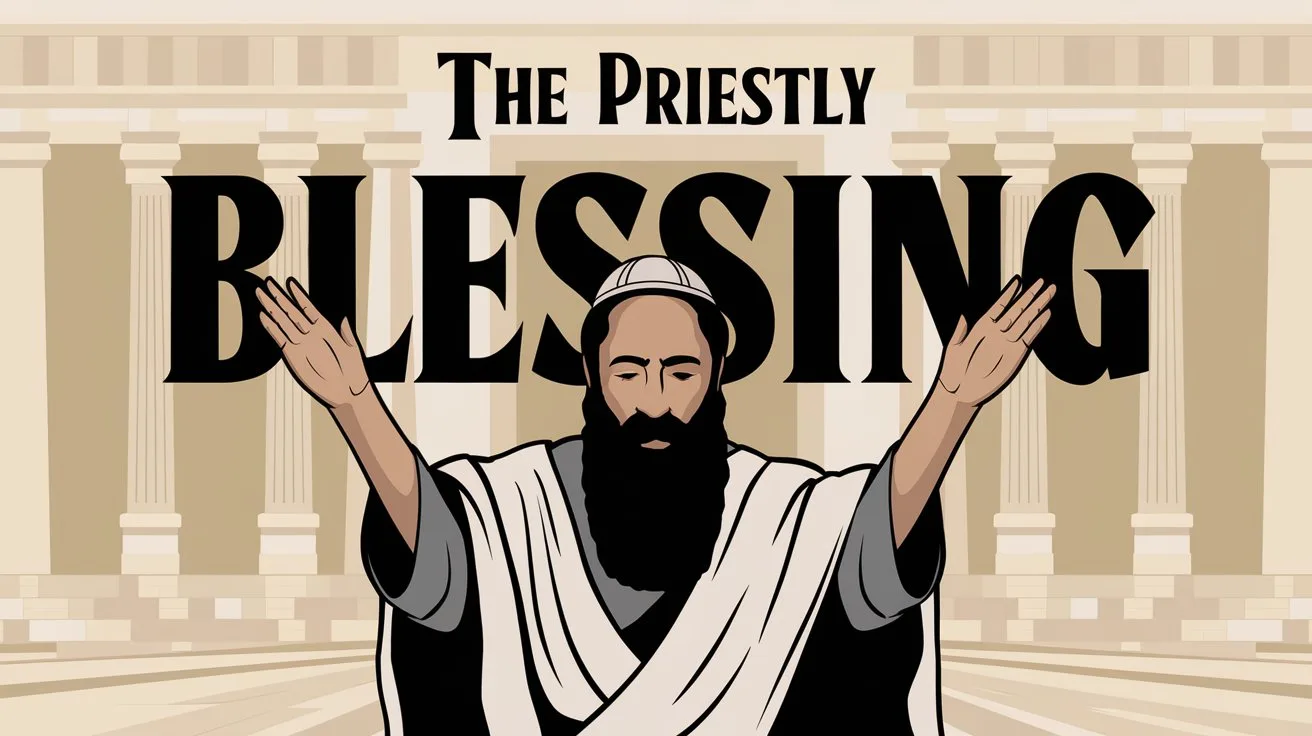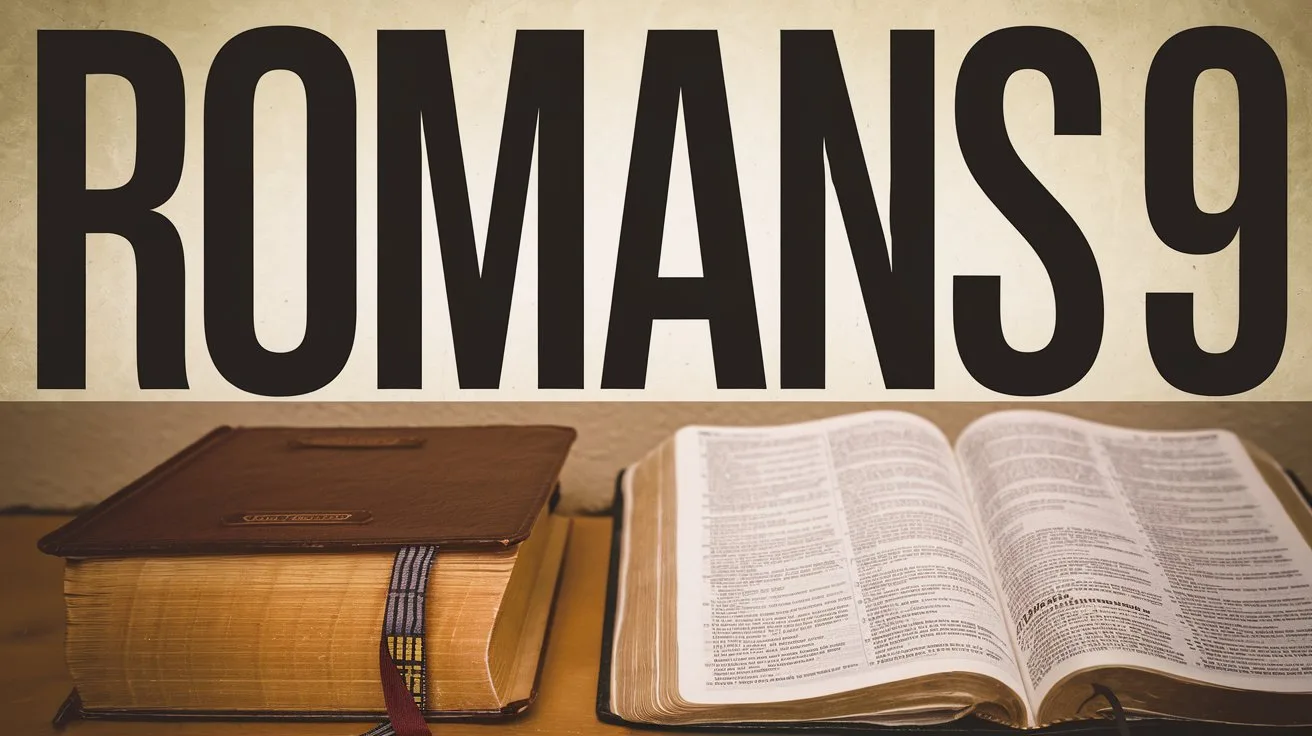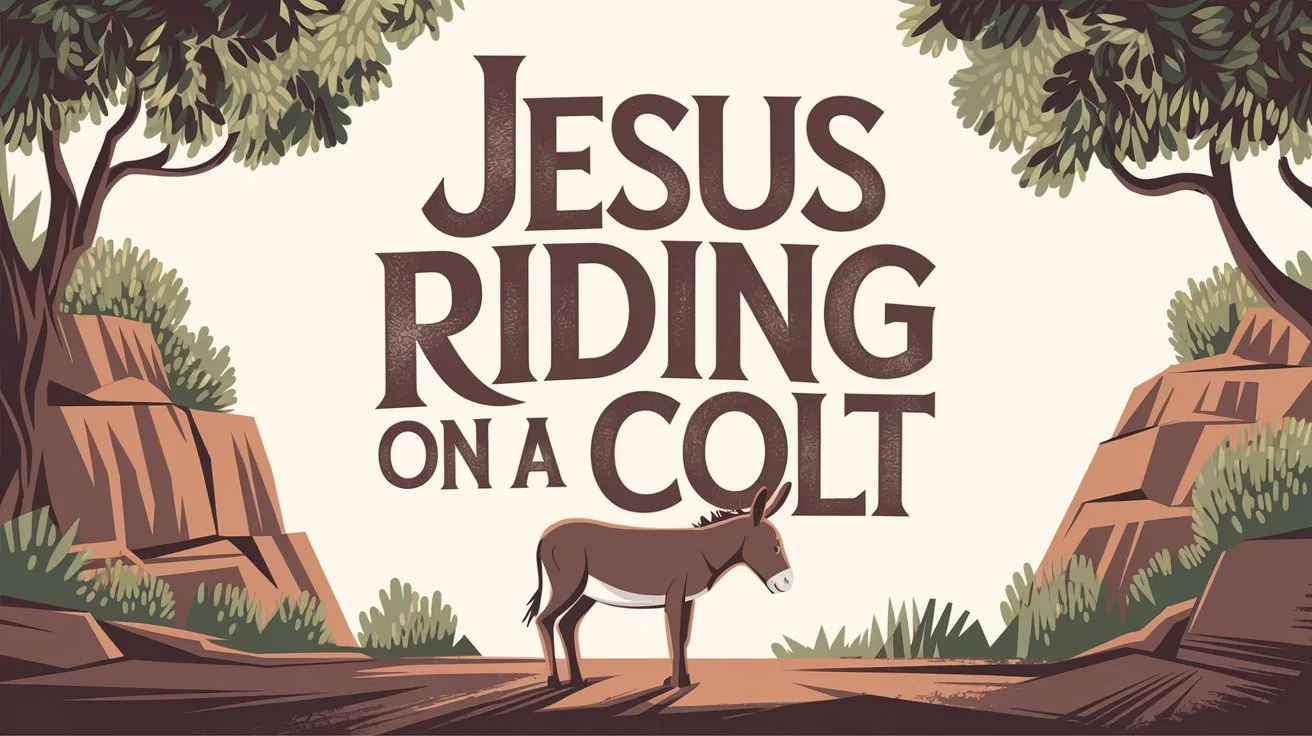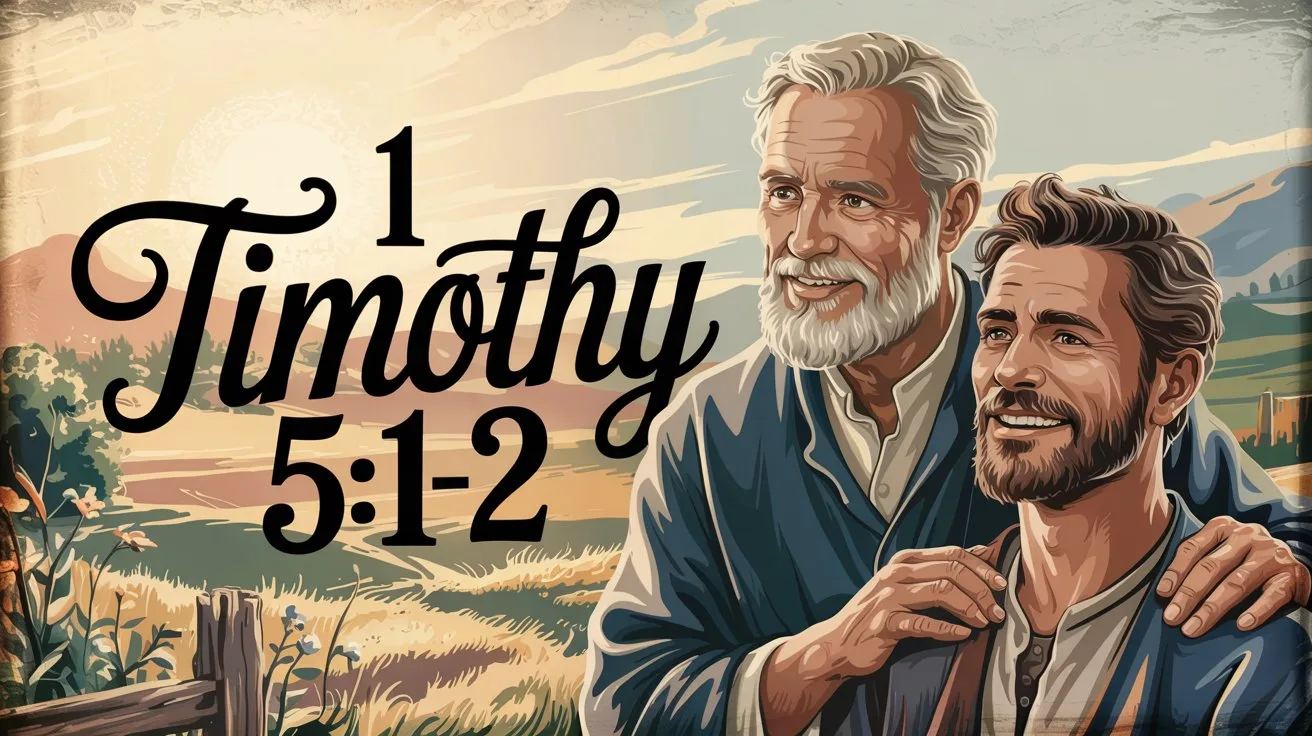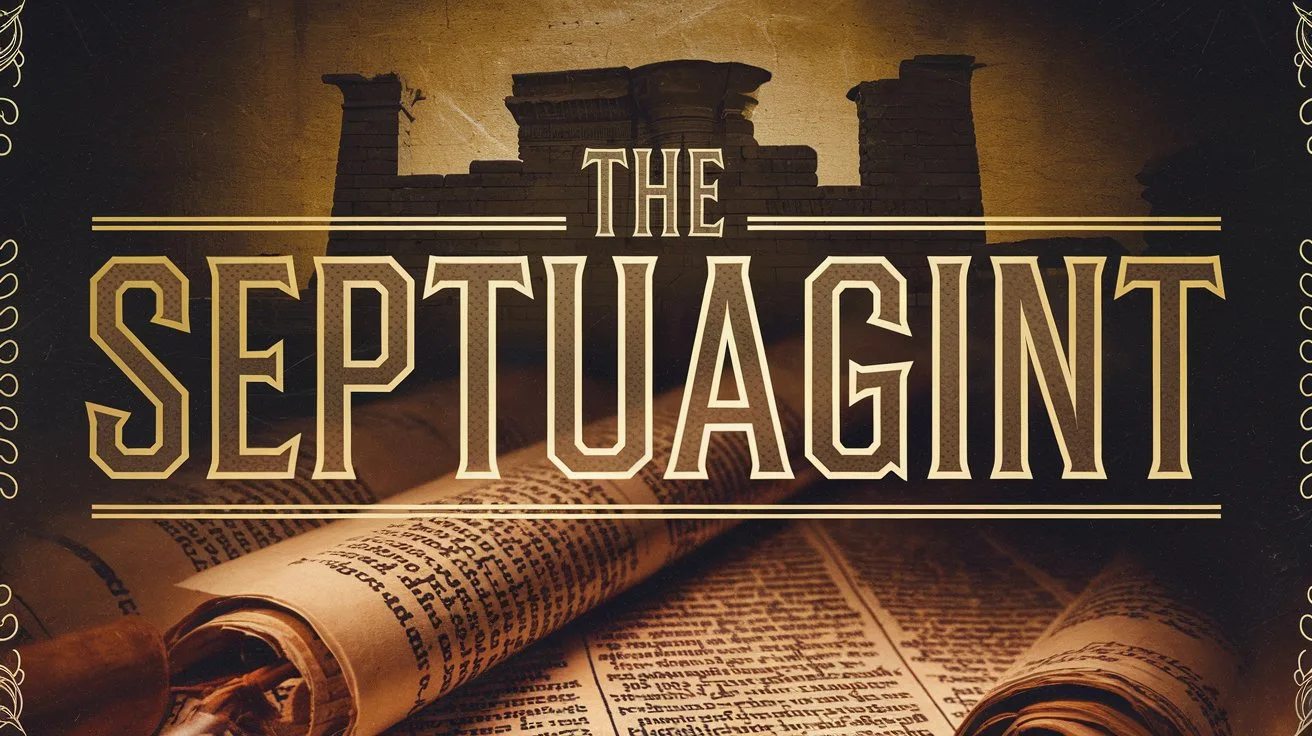The parable of the wheat and the tares is one of Jesus’ most detailed and sobering teachings about the kingdom of heaven, judgment, and the reality of evil coexisting with good until the end of the age.
This parable is found in Matthew 13:24–30. Jesus says:
“The kingdom of heaven is like a man who sowed good seed in his field; but while men slept, his enemy came and sowed tares among the wheat and went his way.”
The wheat represents the children of the kingdom, those truly born again. The tares (a type of weed, likely darnel, which looks similar to wheat) symbolize the children of the wicked one. Both grow together until the harvest.
When the servants ask whether they should pull out the tares, the master replies in verses 29–30:
“‘No, lest while you gather up the tares you also uproot the wheat with them. Let both grow together until the harvest…’”
Jesus explains the parable in Matthew 13:36–43. The field is the world, the sower is the Son of Man, the enemy is the devil, and the harvest is the end of the age. The tares will be gathered first and burned, while the wheat will be gathered into the barn.
This parable teaches that the visible church and the world contain both genuine believers and false professors. God, not man, will separate them at the final judgment.
It also warns against trying to do God’s work of final judgment prematurely. We are to focus on being fruitful wheat (true disciples) knowing that Christ will make the final distinction when He returns.
This parable is a clear call to self-examination and faithful endurance. It reminds us that not all who appear to be part of the kingdom truly are, and that ultimate justice will be carried out by Christ Himself.


